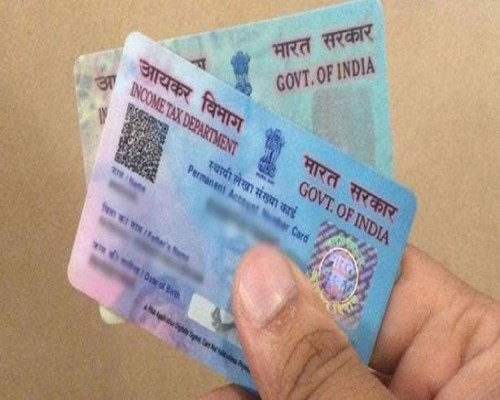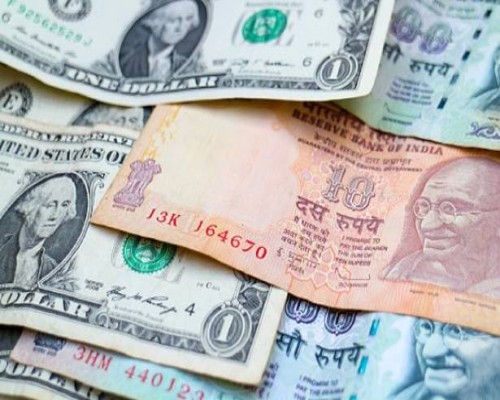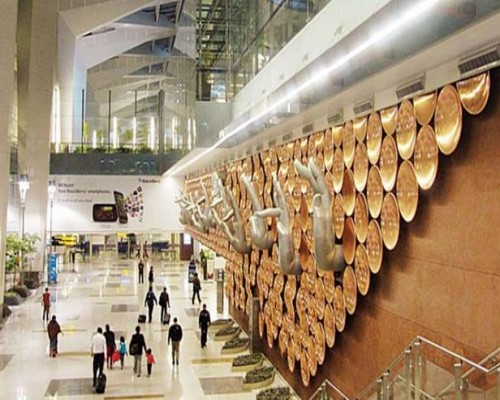Indigenous Bullet Trains to Connect Major Cities in India

India is set to take a significant leap in rail transport by developing indigenous bullet trains to connect major cities, moving away from reliance on foreign technology. While the Mumbai-Ahmedabad bullet train project is being implemented with Japanese assistance, future projects will be entirely based on Indian technology.
Highlights of the Project
• Top Speed: The indigenous bullet trains will operate at speeds of up to 250 kilometres per hour.
• Dedicated High-Speed Corridors: Plans are in place to construct elevated high-speed corridors to ensure seamless operations.
Railway Minister Ashwini Vaishnav announced that the government is committed to achieving global standards in railway infrastructure. He stated that the introduction of indigenous bullet trains would be a milestone for India’s railways, setting new benchmarks in speed and efficiency.
Future Expansion
• Proposed Routes: Key high-speed rail corridors have been identified, including:
o Delhi-Varanasi (865 km)
o Delhi-Ahmedabad (886 km)
o Nagpur-Varanasi
o Delhi-Chandigarh
o Chennai-Mysuru
o Hyderabad-Bengaluru
• These routes aim to enhance connectivity and reduce travel time significantly between major cities.
Indigenous Design and Manufacturing
The Integral Coach Factory (ICF) in Chennai has been tasked with designing the bullet train prototypes. A tender has been floated for the project, which will include state-of-the-art facilities and modern technology.
Economic Impact
Officials highlighted that this initiative would not only enhance transportation but also boost local manufacturing capabilities, creating numerous job opportunities and contributing to India's economic growth.
Key Benefits
• Reduced travel time and improved efficiency for commuters.
• Strengthened domestic manufacturing and reduced reliance on foreign imports.
• Enhanced infrastructure, contributing to India's vision of becoming a global leader in transportation technology.























